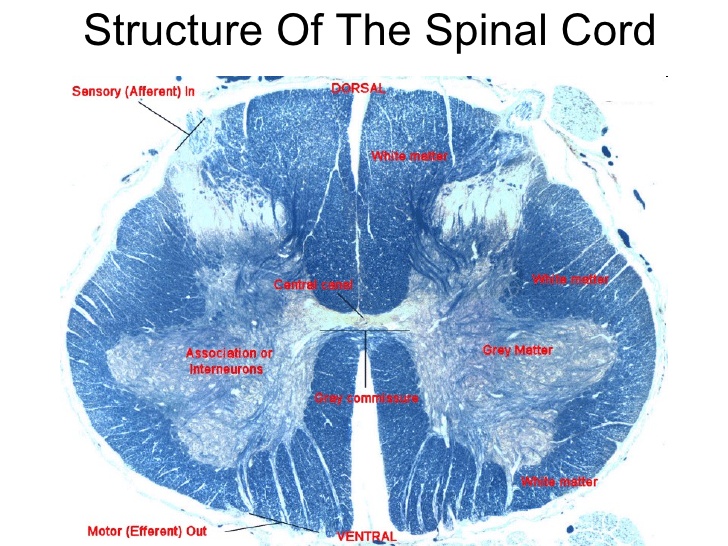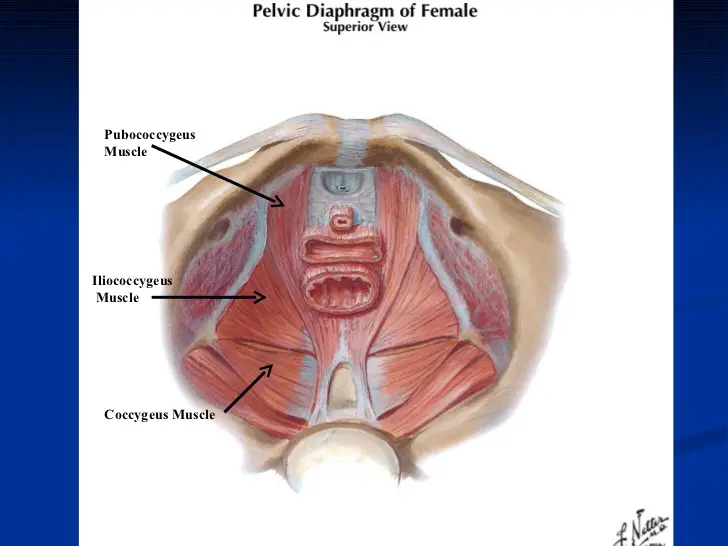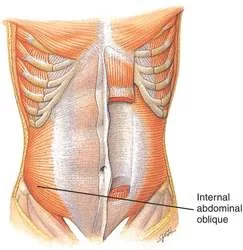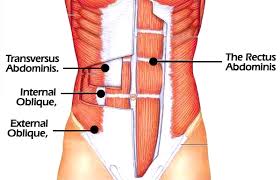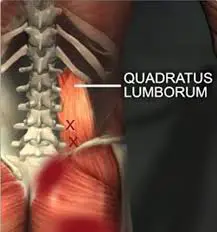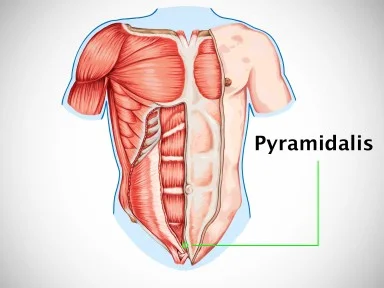The Cerebrum
Introduction: ~the cerebrum is made of two cerebral hemispheres which are incompletely separated from each other by the median longitudinal fissure.~the two hemispheres are connected to each other across the median plane by the corpus callosum. each hemisphere contains a cavity, called the lateral ventricle. External feautures: three surfaces: 1. the superolateral surface is convex…

